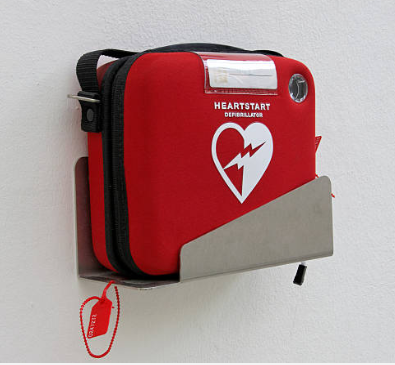
Let’s say you’re a Baby Boomer, that you’re contemplating leaving a house that’s too big and that you’re thinking a high-rise condo might be a nice alternative.
You’ll do all the obvious plusses and minuses, of course.
Here’s one you might not be considering.
A defibrillator.
Seriously?
Nobody wants to “need” a defibrillator, but in case you do, you might not want to be living in high rise that doesn’t have one…or two…or more.
According to a story in the Vancouver Sun, B.C. Emergency Health Services statistics show its average response time in 2019 was nine minutes and 13 seconds. For somebody suffering a cardiac arrest, brain damage begins in three to five minutes.
Think about how long it would take a paramedic to reach an apartment from the front door of a high rise, never mind the time it takes to reach the building through traffic.
And in a medical study published by the Canadian Medical Association, it was estimated two minutes should be added to the response time if the victim is higher than the second floor.
That’s where the defibrillator comes into play.
More highrises are being outfitted with defibrillators as more high rises are being built. In cities like Vancouver, one of the ways to address the need for densification is to build upward, so it figures that more Baby Boomers wanting that kind of downsizing would be candidates.
But it doesn’t have to be a high rise for a defibrillator to be advisable. If home is downtown, think of the nine minutes and 13 seconds needed just to get to the front door.
The cost of a defibrillator is north of $1,000. The “experts” say they should be as plentiful as fire extinguishers and that they’re almost as easy to use.